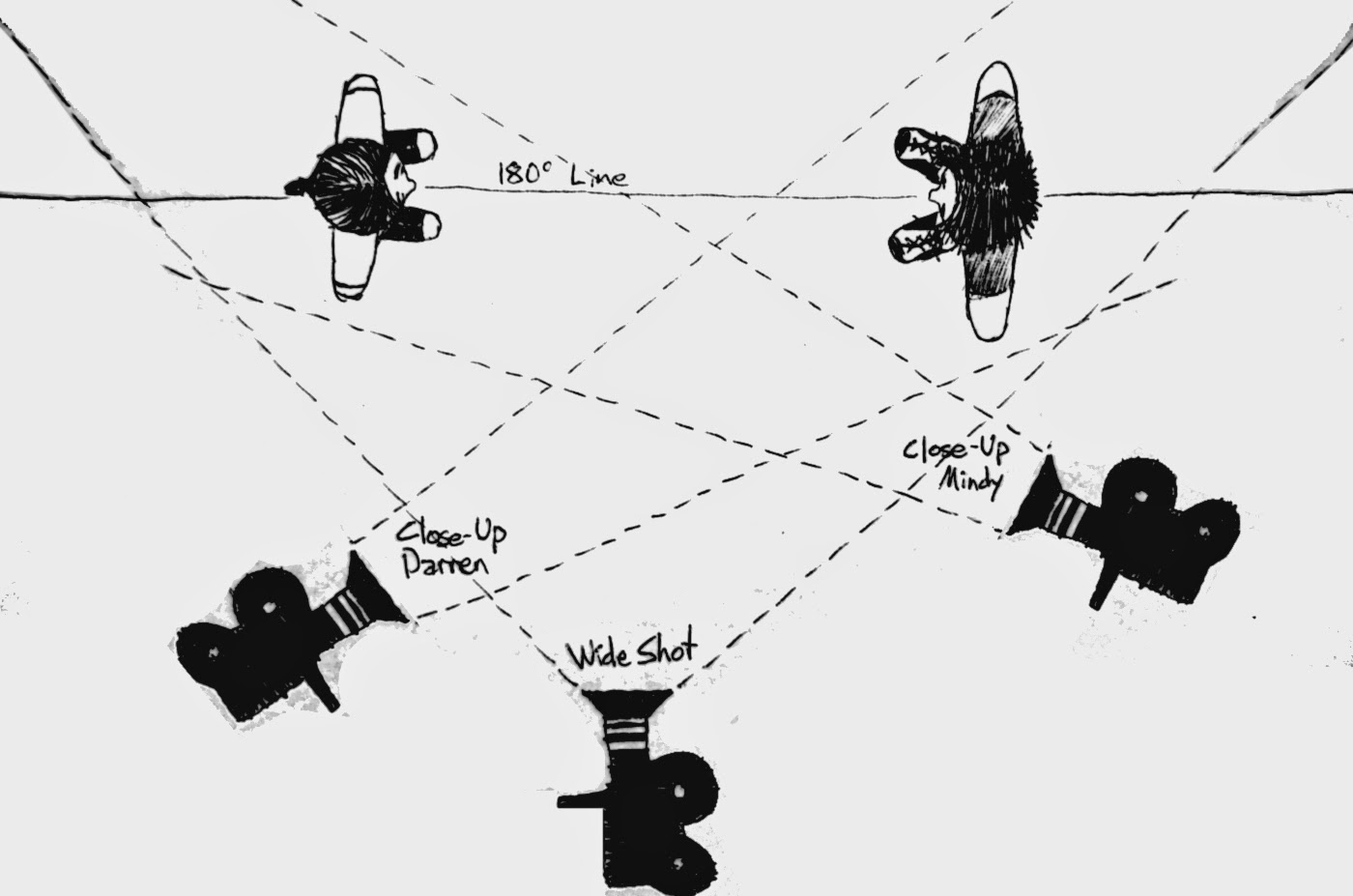Looking back at my preliminary task, I have learnt that I managed to develop a full product.

Looking back on my preliminary task, I feel that I have learnt a lot in the progression from it to become an accomplished product. First of all, I have studied a lot more about continuity editing for the main production, because continuity task required us just to film and edit a character opening a door, crossing a room and sitting down in a chair opposite another character, with whom he then exchanges a couple o lines of a dialogue. All had to be done with out breaking continuity, and, in my opinion, it was successful.
 Moreover, this task should demonstrate match on action, shot/reverse shot and the 180-degree rule. As far as I am concerned, preliminary task was very useful as it enabled me to understand more thoroughly the filming and editing process in order to put into practice regained skills and information during our opening sequence. Furthermore, I have learnt a lot about demonstration continuity through practice and practical examples, shown to us by media staff.
Moreover, this task should demonstrate match on action, shot/reverse shot and the 180-degree rule. As far as I am concerned, preliminary task was very useful as it enabled me to understand more thoroughly the filming and editing process in order to put into practice regained skills and information during our opening sequence. Furthermore, I have learnt a lot about demonstration continuity through practice and practical examples, shown to us by media staff.
Match on action (or cutting on action) is an editing technique for continuity editing in which one shot cuts to another shot portraying the action of the subject in the first shot.
This creates the impression of a sense of continuity – the action carrying through creates a “visual bridge” which draws the viewer’s attention away from slight cutting or continuity issues.
This is not a graphic match or match cut, it portrays a continuous sense of the same action rather than matching two separate things.

- The example from our opening sequence: We have used match on action to edit the phase where the main character moves towards the bike, in order to keep continuity.
Shot reverse shot is a continuity editing technique used in conversations or simply characters looking at each other or objects.
A shot showing what the character is supposedly looking at (either a point of view or over the shoulder shot) is followed by a reverse angle shot of the character themselves looking at it, or of the other character looking back at them, for example.
Shot reverse shot often ties in with the 180° rule to retain continuity by not distorting the audience’s sense of location of the characters in the shots.
-
The 180° rule is a filming guideline that participants in a scene should have the same left-right relationship to each other, with filming only taking place within the 180° angle in which this is maintained in a conversation, for example.
For example in King Vidor’s The Big Parade (1925), the audience’s viewpoint is constantly southward of the action – the American soldiers walk from left to right to the frontlines, and right to left when they return home, creating a continuous sense of direction .
This allows the audience to have a greater sense of location in the scene in terms of what may be off-screen in some shots, for example in shot reverse shots. 
Overall, I do not think I have become an accomplished film maker as a result of editing our preliminary task. Moreover, I have definitely learnt a lot of constructive information and this, therefore, allows me to put into practice all required knowledge and skills when we have filmed our product.
This comment has been removed by the author.
ReplyDeleteYou need to illustarte what you argue here with the use of images? You are required to be creative and skilful with your blogging and at the moment you have simply relied upon text based responses. If you are struggling with your blogging please see me and I can help transform what the responses that you want to present.
ReplyDelete